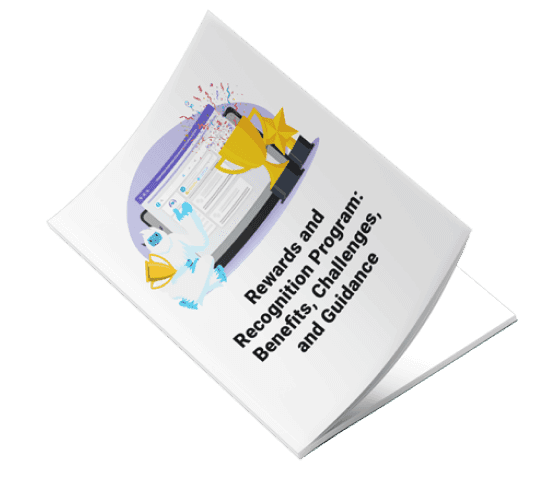
How To Measure Employee Happiness & Identify Unhappiness
March 24, 2022
|
Carly MacLennan

Measuring employee happiness in your organization
1. Workflow integration
2. Anonymous feedback

Provide an effective outlet
Discover how to better measure employee happiness with Motivosity
About the Author

Carly MacLennan is the Marketing Program Manager at Motivosity. She recently graduated with her MBA from Brigham Young University. Carly has a background in and a love for Marketing and the culture side of HR, specifically with employee experience and employee engagement. Carly was born and raised in Alberta, Canada but has since lived in Utah, Washington DC, and Northern California.
Learn More
Learn More






